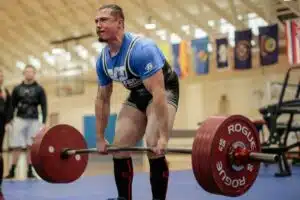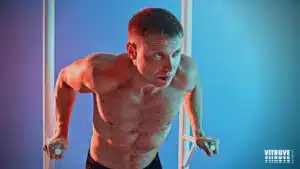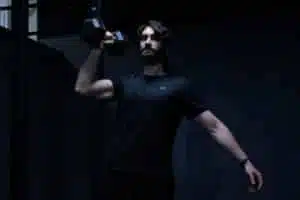First key to becoming a great S&C trainer: specialist of specialists

They say that “knowledge does not take up space”, but it does take up time. They also say that “learner of everything, master of nothing”. There are many personal trainers who have a client portfolio that includes pregnant women, older adults, people with diabetes, cancer survivors, individuals with back pain, runners who want to prepare for their first marathon and the neighbor on the fifth floor who wants to improve their body composition. Do you think you can train all of them with maximum guarantees? No, certainly not, because each of them needs specific training, not just general training.
A strength and conditioning (S&C) coach will put all of his or her efforts into improving the strength, power, agility and speed of his or her athletes. You will use your time to update yourself in this field, but it will not be necessary for you to know the keys to training in the cancer population or in mountain runners. Of course, an S&C coach must know the basics of general training, as well as physiology, anatomy, biomechanics, etc. However, the S&C coach will dedicate his efforts to optimize those qualities in his athletes to reach their personal best.
S&C’s specialist coaches are in charge of making your basketball player drive the ball faster in a transition from defense to offense or a soccer defender have the maximum guarantees in getting his tackle right. An S&C trainer can also improve an older adult’s autonomy by increasing his or her power and thus preventing the risk of falls and bone fractures. Therefore, an S&C coach is a strength and conditioning specialist who will apply his or her knowledge to prevent injury while improving strength, power, speed and agility in an athlete, a team or any individual.
S&C coach specializing in a population or sport
When we break a bone, we go to a traumatologist, but if we have sleep apnea problems we go to a pulmonologist. At the same time, a knee operation is not the same as a shoulder operation. Even at the highest level of specialization, one type of knee surgery is not the same as another. In many cases you will have seen how elite athletes cross the world to undergo an operation because they go to the best specialist they know for their case. The same thing happens with S&C trainer, although at the recreational level it is not as fundamental and is not taken into account as much.
An S&C coach may be dedicated to coaching an individual sport athlete such as tennis, or a baseball team. In turn, your athletes may be teenagers, college students or adults. All this will affect the way of training, and that is the reason why an S&C trainer will be a specialist in his branch, but cannot be a specialist in more fields, because then he would not be a specialist S&C trainer.
Second key point to becoming a great S&C coach: qualified, skilled and up to date

There are thousands of S&C coach courses on the market, some more interesting than others. The problem is that in many cases we seek to obtain certifications without taking into account the level of learning that will bring us. That is the reason why any S&C coach course is only the base from which we must start to pull the thread and explore the quality sources we must go to in order to update ourselves every day.
Many S&C coaches do not keep up with the new findings of scientific evidence in the world’s leading journals: Sports Medicine; International Journal of Sports Physiology and Performance; The Journal of Strength & Conditioning Research; Strength & Conditioning Journal; and many others. An example of this is that only a minority of athletes use velocity-based strength training (VBT). This type of training is much more accurate and faster than the traditional system when it comes to calculating our maximum lifts and the loads that each athlete has to use in their sessions.
Velocity-based strength training also allows us to monitor fatigue in each set and session, as well as to see if our athlete is making progress. To do this, we simply need to have a velocity measuring device, such as Vitruve’s, and learn about VBT from our blog or from reliable and up-to-date sources. Strength and conditioning training are constantly experimenting to refine key aspects such as what intensity is best to gain strength, what training frequency we should give to each muscle group, etc. Therefore, a great S&C coach will not be the one who has the most certificates, but the one who gets the best performance from his athletes (qualified) thanks to his continuous updating.
Third Key Point to Becoming a Great S&C Coach: Important skills to be more successful
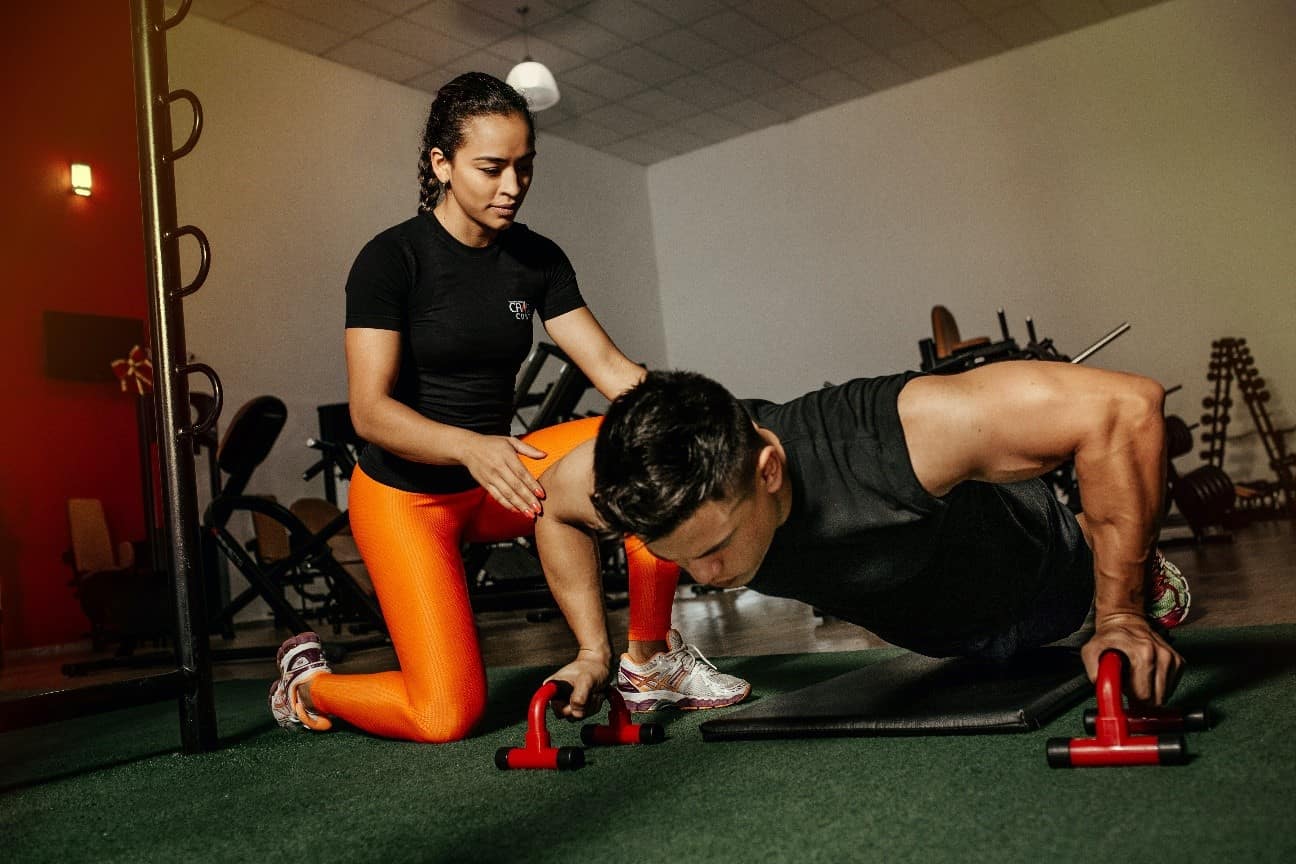
The U.S. Bureau of Labor Statistics states several important qualities to be a great S&C coach. In addition to all the qualities mentioned so far, an S&C coach must be able to communicate, listen and be prepared to deal with different performance or grip situations in athletes. It is of little use to have all the knowledge in the world if we do not know how to express it so that the athletes understand it. Giving the right feedback at the right time also comes into play in this communication skill, as it will make a huge difference.
We have two ears and one mouth, which means it is more important to listen than to talk. The second important skill for an S&C coach is to listen to what the client or athlete is most concerned about or wants to improve on, and provide answers to those questions. To do this it is advisable to conduct an initial interview in which we address all the questions that will make us know in depth the person behind the athlete. In many cases we will know that another type of training or exercise is better, but if we have good listening skills, we can make the athlete feel more motivated and continue training. Motivational ability is the third quality an S&C coach must have. If we have understood what our athlete is looking for and what motivates him or her by listening, we can use that information in times of lower motivation.
A great S&C coach is one who solves problems and challenges as they arise. Driving a car is very easy, but a real driver shows up when we need to make complex maneuvers or have to react in less than a second to avoid an accident. When our athlete stagnates, feels fatigued or any sporting situation that may occur, the S&C coach must know what it is due to and how to solve that problem. For example, if in a deadlift, our athlete can’t get the bar off the ground, even though we know that, yes, he can with that weight, as good S&C coaches we will know that it is a good time to perform deadlift with deficit to improve that stagnation.
We must also have the means to know if the training load is correct or may be fatigued by overloading. A velocity measuring device such as Vitruve’s measures this aspect easily, making this problem-solving ability faster and more accurate. Last but not least of the important skills of the S&C coach is our client-facing social skills. A great S&C coach must be polite, friendly and make the athlete feel that you want to help them and that you are there for them to improve their strength and conditioning together. People always come first, then the athlete.
Fourth Key Point to Becoming a Great S&C Coach: Love What You Do and the Rest Will Follow
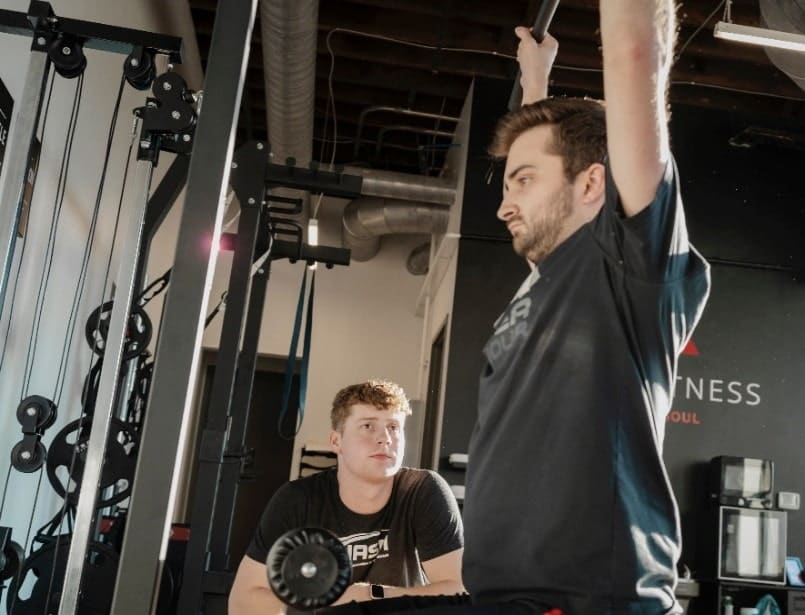
One of the phrases from Star Wars is “may the force be with you”. An S&C coach is going to be tied to the force and conditioning their entire life, so it is vital that they love sports and sports performance-oriented strength work. Virtually all sports require strength training, in one form or another, either to prevent injury or to improve our running economy in long distance events. What is not for an S&C coach to do is to program paces and distances for triathlon, or to tactically organize a football team.
What the S&C coach will do is work hand in hand with the coach so that the players improve their physical performance and that means winning games. When you are passionate about what you do, you not only work happier, but you are a better professional. If we review all the above points, loving what you do will make you a specialist because, even in your spare time, you watch videos and read the latest (updated) developments, which will make you a better S&C coach in that sense. By having passion for this job, your communication skills, listening skills, etc. will come out on their own, because you will be aligned with what you like, and that, except on rare occasions, will not put you in a bad mood.
We are the average of the five people we spend the most time with
If we turn our work into our lifestyle, little by little we will surround ourselves with professionals who bring us value and who can use ours. Networking will make us better S&C coaches because we will continue to gain knowledge from people who are in the same field as us. At the same time, it is also advisable to network with professionals who perform similar functions to ours, beyond strength and conditioning. If, for example, you want to open your own training center, or work as a freelance trainer, you will need to know how to sell your products, create media and platforms where you can expose your work, etc.
Fifth key point to becoming a great S&C coach: experience is fundamental, but attitude multiplies
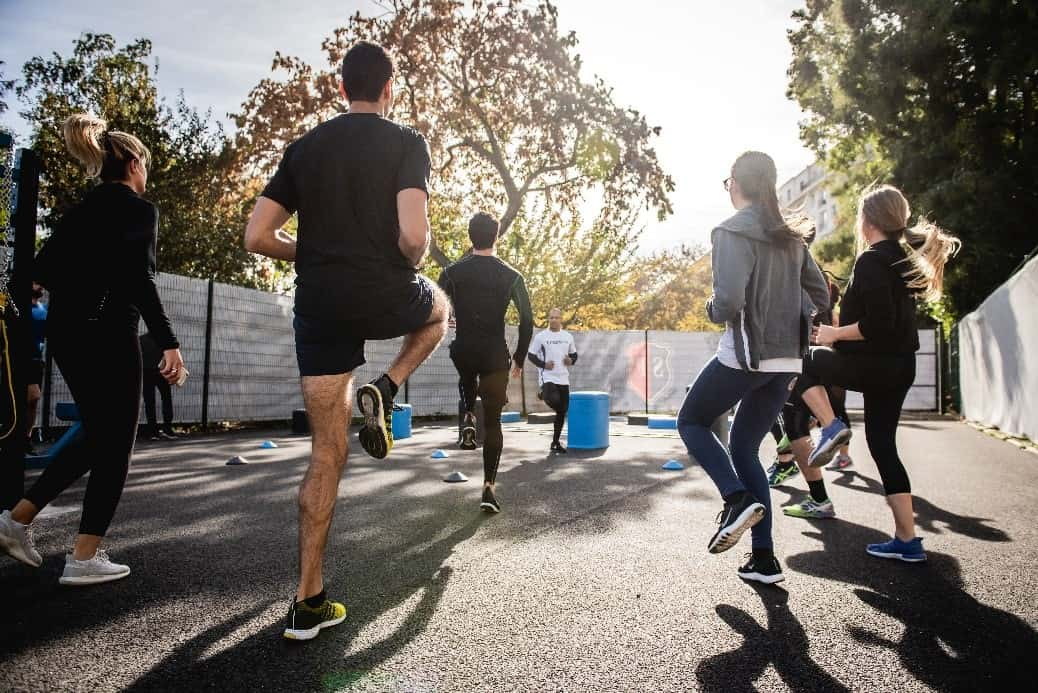
A well-known Spanish motivational speaker and motivational speaker, Victor Küppers, launched a formula that gives as a result our value as an S&C coach, or in any profession. The formula is as follows: value = (knowledge + skill) x attitude. The message of this simple formula is that the knowledge acquired through training and updates, as well as important skills, add value to us as S&C coaches. However, the differentiating aspect that will increase our value is attitude, because it doesn’t add, it multiplies. That’s why loving our work as S&C coaches can make all the difference, as it will not only multiply our value, but it will make our knowledge and skills grow as well.
“Be water, my friend”
One of Bruce Lee’s mythical phrases is the one that says: “be water, my friend”. An S&C coach should be a cup when water is poured into a cup or a pitcher when liquid is poured into it. In a word, a great coach must adapt to the dynamic situation that occurs in each session. At many moments, decisions will have to be made that vary the programming of the session or the week. For this we need experiences in which we have learned to adapt better to each situation. The problem is that we are all inexperienced at the beginning, and gaining experience takes time and confidence.
Attitude is key at any point in our career as S&C coaches, but even more so in the early days when we have less knowledge, fewer skills and no experience. If we maintain that proactive attitude while gaining experience, knowledge and skills we will be great S&C coaches who can adapt to any situation. For example, we can see with the Vitruve velocity measuring device that an athlete is fatigued when he arrives at the session. The easy thing to do is not to train, but we who are great S&C coaches will look for an alternative solution to take advantage of the session with another type of work.
Joaquín Vico Plaza
Bibliography
The information in this article has been extracted from the following literature sources, which we recommend reading further if you are looking to become a great S&C coach.
Cardinale, M., Newton, R. (Robert U. ., & Nosaka, K. (2011). Strength and conditioning : biological principles and practical applications, 461.
Cassidy, T., Handcock, P., Burrows, L., & Gearity, B. (n.d.). Understanding strength and conditioning as sport coaching : bridging the biophysical, pedagogical and sociocultural foundations of practice. Retrieved from https://www.routledge.com/Understanding-Strength-and-Conditioning-as-Sport-Coaching-Bridging-the/Cassidy-Handcock-Gearity-Burrows/p/book/9781138301825
Côté, J., & Gilbert, W. (2009). An Integrative Definition of Coaching Effectiveness and Expertise. Http://Dx.Doi.Org/10.1260/174795409789623892, 4(3), 307–323. https://doi.org/10.1260/174795409789623892
Downes, P., & Collins, D. (2021). Examining the Roles and Consequent Decision-Making Processes of High-Level Strength and Conditioning Coaches. Societies 2021, Vol. 11, Page 76, 11(3), 76. https://doi.org/10.3390/SOC11030076
Gamble, P. (2013). Strength and conditioning for team sports: sport-specific physical preparation for high performance. Routledge.
Gilbert, W. D., & Baldis, M. W. (2014). Becoming an effective strength and conditioning coach. Strength and Conditioning Journal, 36(1), 28–34. https://doi.org/10.1519/SSC.0000000000000026
Haff, G. G. (2016). Program Design for Resistance Training. Essentials of Strength Training and Conditioning, 439–470.
Jeffreys, I. (2014). The five minds of the modern strength and conditioning coach: The challenges for professional development. Strength and Conditioning Journal, 36(1), 2–8. https://doi.org/10.1519/SSC.0000000000000035
Jeffreys, I., & Moody, J. (2021). Strength and conditioning for sports performance. Routledge.
LaPlaca, D. A., & Schempp, P. G. (2020). The Characteristics Differentiating Expert and Competent Strength and Conditioning Coaches. Research Quarterly for Exercise and Sport, 91(3), 488–499. https://doi.org/10.1080/02701367.2019.1686451
Lloyd, R. S., & Oliver, J. L. (2019). Strength and conditioning for young athletes: science and application. Routledge.
